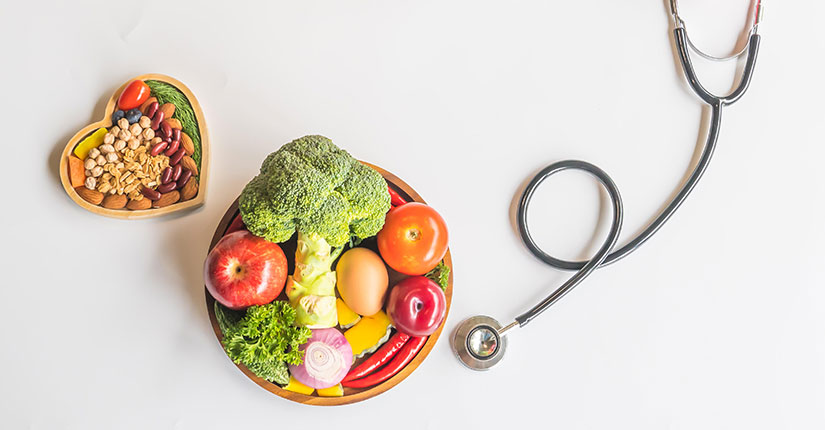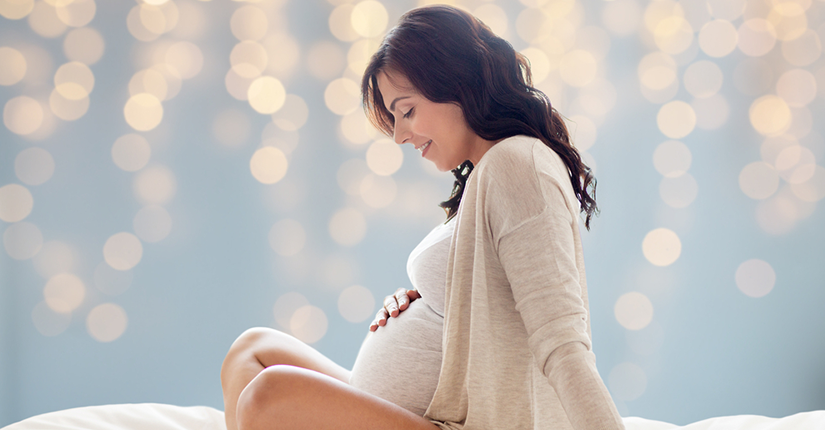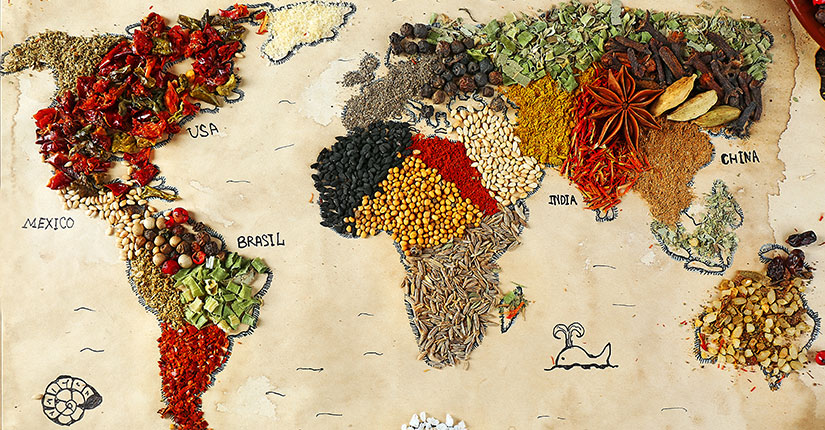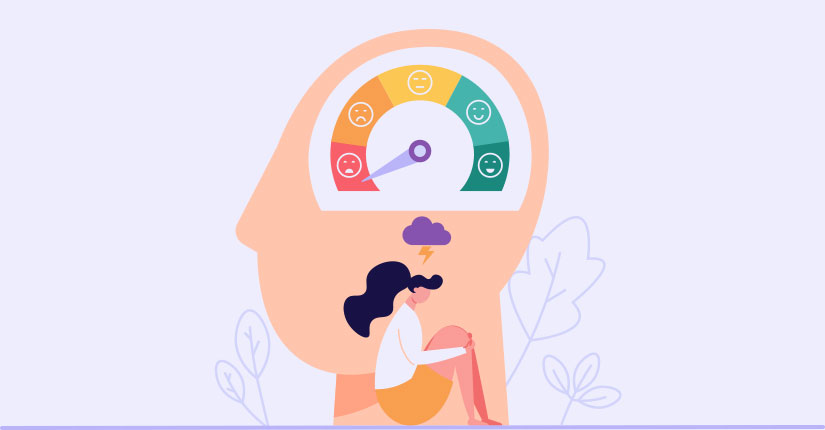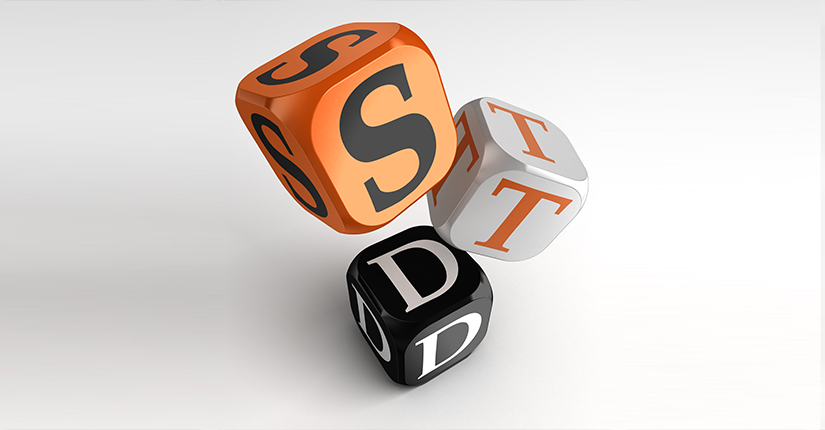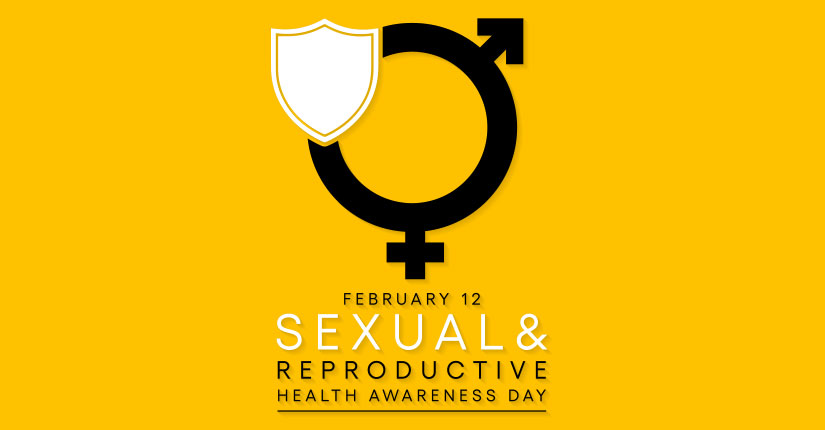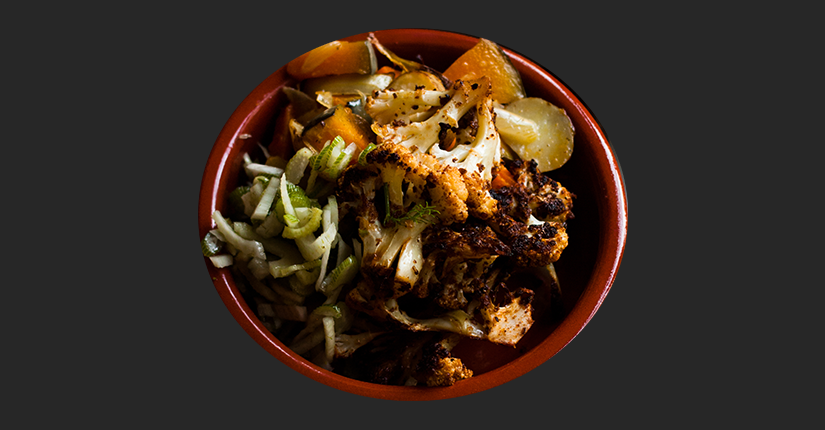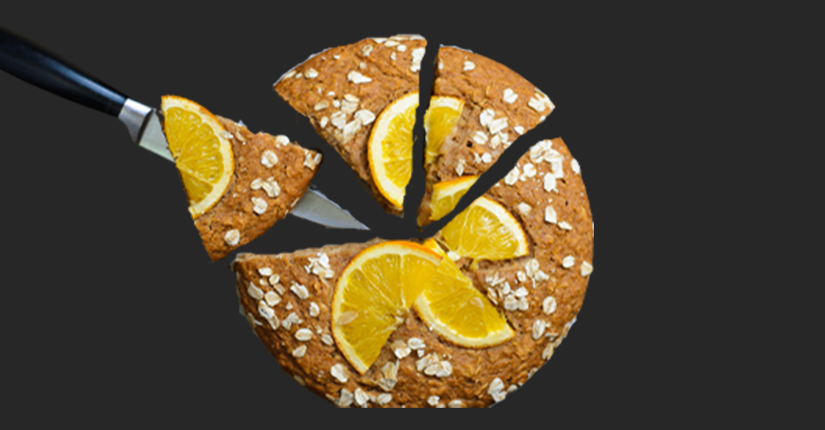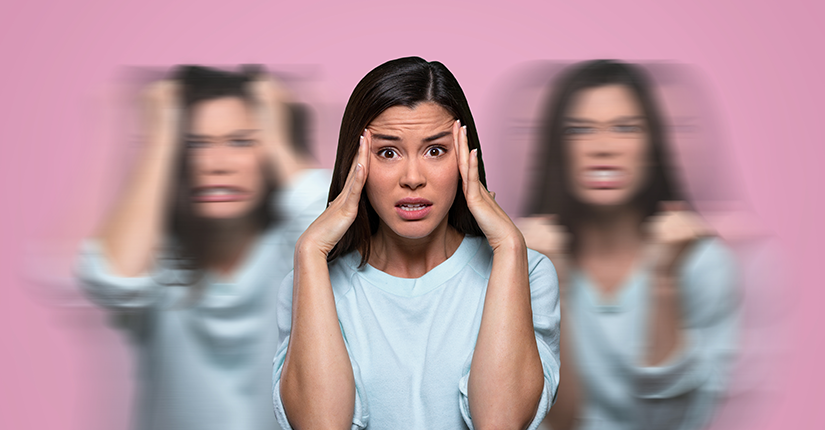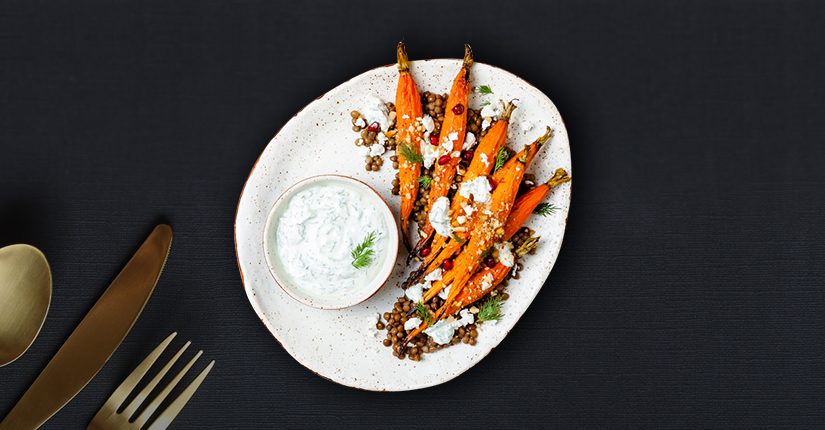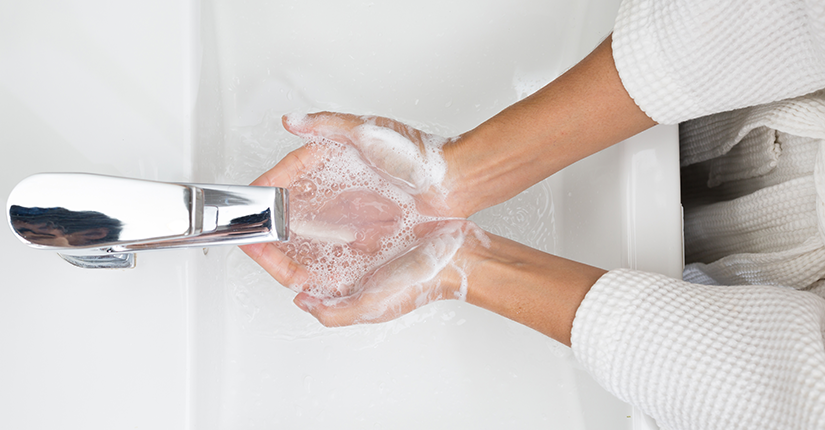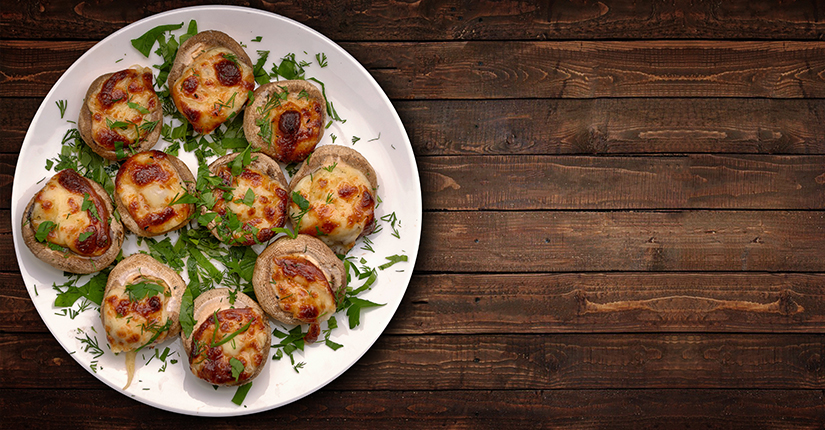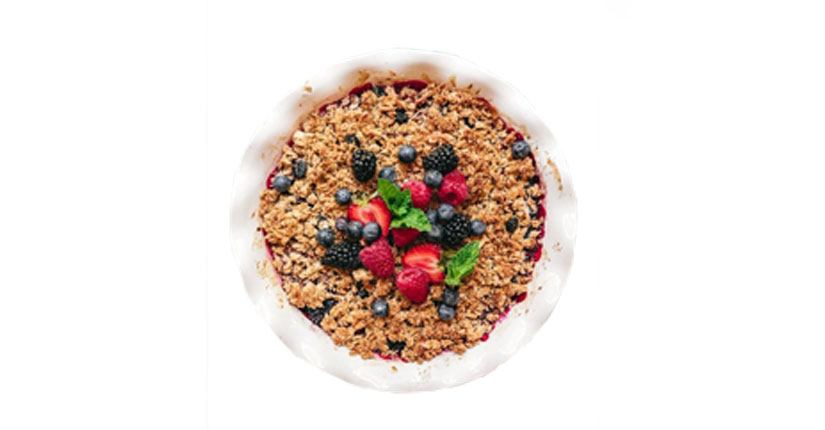World Osteoporosis Day: Dietary Guidelines for Prevention of Osteoporosis
By Nmami Agarwal 20-Oct 2020 Reading Time: 6 Mins
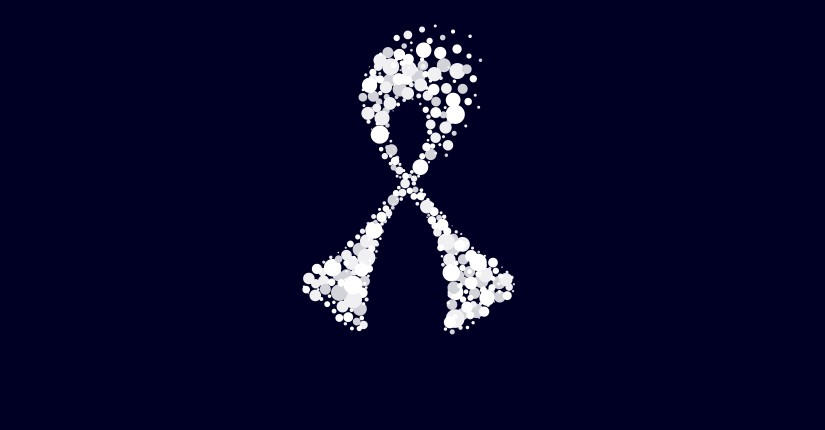
Osteoporosis is a very commonly found condition in adults. This condition affects the bones, and they become so weak and brittle that a fall or even mild stresses like bending can cause a fracture. Bone density (bone mass) decreases after reaching 35 years of age, and bone loss occur more rapidly in women after menopause. The risk factors for osteoporosis include- genetics, lack of calcium and vitamin D, a history of fractures, smoking, consumption of excessive alcohol, rheumatoid arthritis, low body weight, and ancestry of osteoporosis. But, a diet rich in calcium and vitamin D can reduce your chances of developing osteoporosis. Read on to find out more.
- Calcium.
- Vitamin-D.
- Protein.
- Vitamin-C
- Magnesium
- Vitamin-K
- Avoid alcohol and caffeine.
Calcium is one of the main bone-forming minerals and an appropriate supply of calcium to the bone is essential at all stages of life. Every day you lose calcium through your skin, hair, nails, sweat, urine, and faeces. The body cannot produce calcium on its own. Hence, keeping up with the calcium intake is essential for healthy bones. Few sources of calcium to include- bok choy(boiled, and cooked), dried figs, broccoli (cooked), oranges, kale, salmon, yoghurt, sesame seeds, spinach, milk, cheese, soy and soy products, and fortified foods.
Vitamin-D is an essential nutrient in the maintenance of bone health. The primary role of vitamin-D is the regulation of calcium absorption in the intestines. The main source of vitamin-D is sunlight. Other sources are diet and supplements. It is recommended to sit in the sun each day for at least 30-45 mins. You can choose in between- an hour after sunrise or before sunset. Wear white clothes and keep a damp towel on your head while sunbathing. Do it for 4-6 months for a levelled vitamin-D. Dietary sources include- fatty fish such as salmon, mackerel, and sardines, egg yolks, cod liver oil, and fortified foods such as milk, orange juice, and some cereals.
Getting enough protein is important for bone health. However, Protein in excessive amounts can cause the body to lose calcium. In elderly people, it is generally noticed that the amount of protein consumed is not appropriate. Hence, include soy, and soy products, nuts and seeds, legumes and beans, and whole grains for getting protein each day.
Vitamin-C enhances the absorption of calcium. When had together they maximize bone strength and prevent osteoporosis. Sources of vitamin-C include- Red peppers, green peppers, oranges, grapefruits, broccoli, strawberries, brussels sprouts, papaya and pineapples.
Magnesium plays an important role in building strong bones. However, your body’s ability to absorb magnesium decreases with age. Hence, eating a variety of food that has magnesium is important on a daily basis. You can include- spinach okra, tomato, artichokes, potatoes, sweet potatoes, collard greens and raisins.
There is an established relationship between vitamin-K1 and osteoporosis. It helps in regulating blood calcium levels, bone metabolism, and blood clotting. You can include- dark green leafy vegetables such as kale, spinach, mustard greens, turnip greens and Brussels sprouts for vitamin-K.
Drinking alcohol in excess can lead to bone loss. Hence, restrict yourself from drinking a lot. Also, caffeine found in tea and coffee can decrease calcium absorption and lead to loss of bone mass. Try to not overdo it. One cup in a day is enough.
Over to you.
Osteoporosis can be avoided and made better with diet and lifestyle changes. Try to cut down on having excessive salt as it causes your body to release calcium, which is detrimental to bone health. Another thing to remember is- soak nuts and seeds, legumes, and beans as they have phytates which reduce the absorption of calcium in the body. By including all the above-mentioned tips, you can definitely win over osteoporosis gradually.

